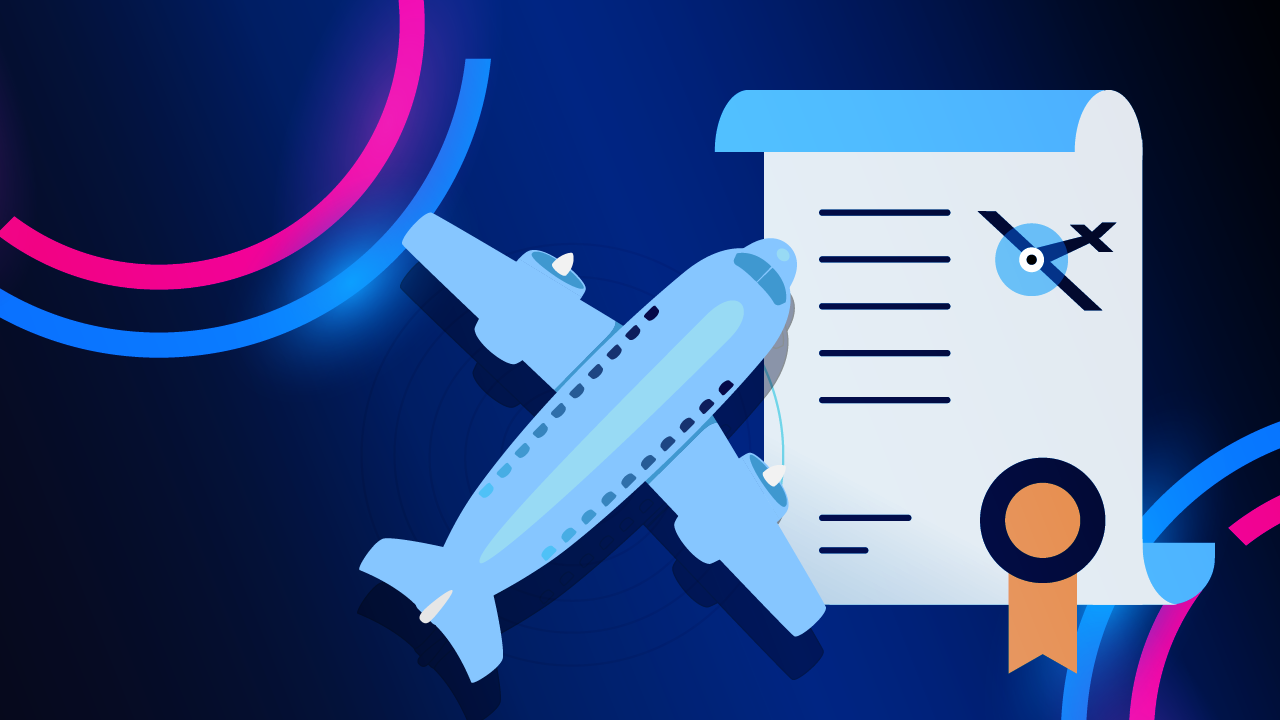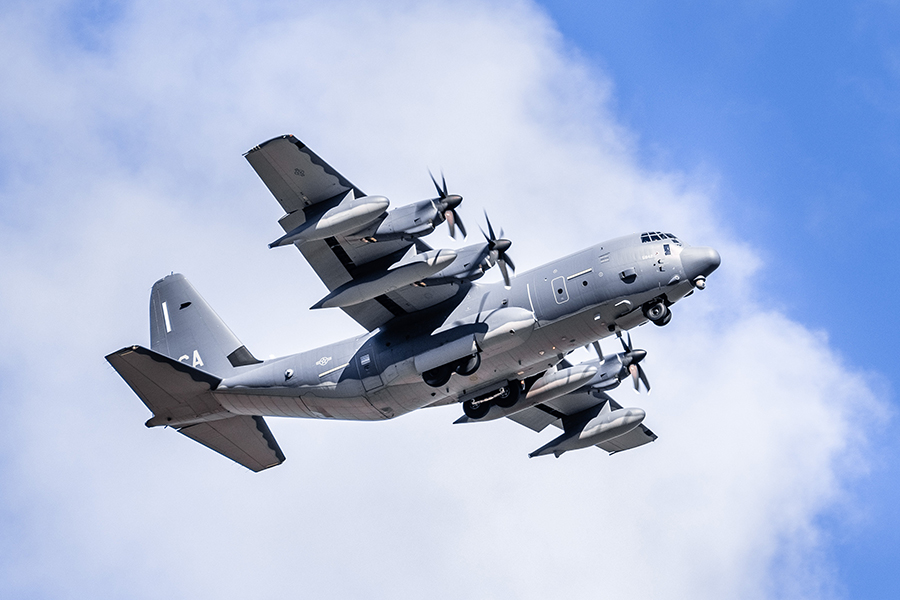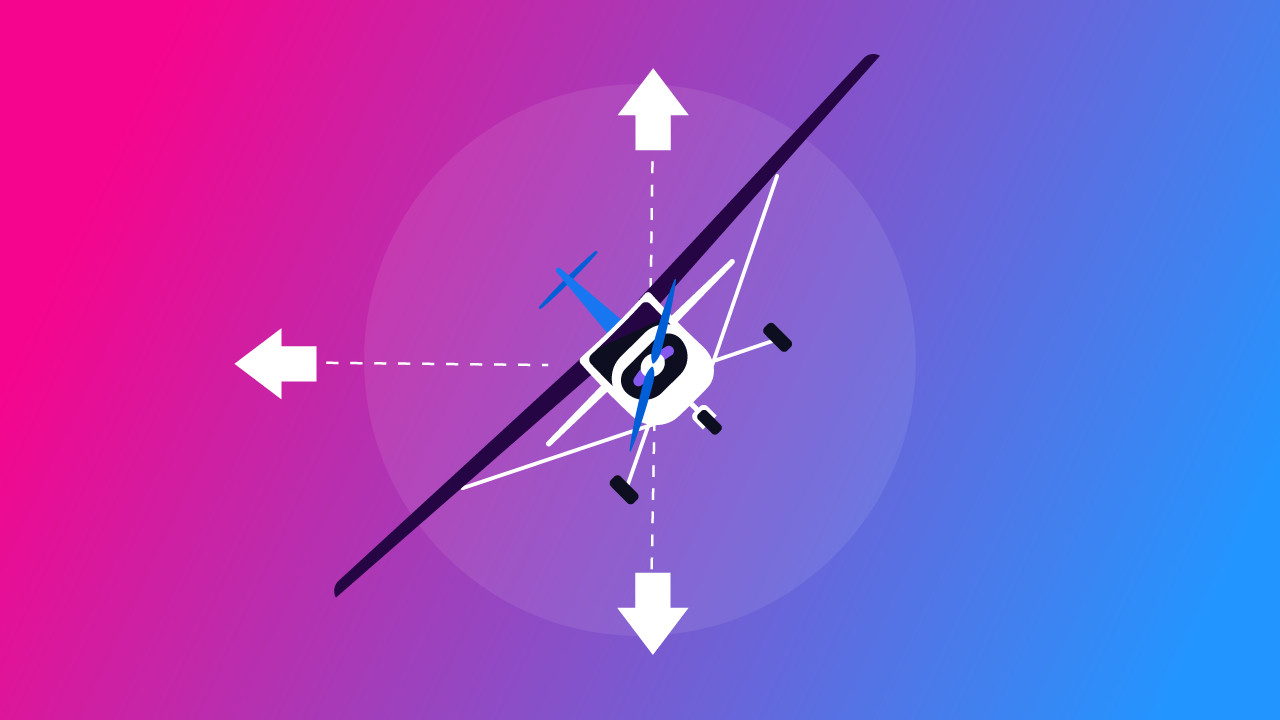-
Key Takeaways
-
The Multi-Engine Rating
- Should I Get a Multi-Engine Rating?
- What Is a Rating, Anyway?
-
How to Add a Multi-Engine Rating to Your Certificate
- Certificate Considerations
-
Do I Need an Instrument Rating?
-
Multi-Engine Endorsements
- High-Performance Endorsement
- Complex Airplane Endorsement
-
Training for the Multi-Engine Rating
- Ground Training
- Flight Training
-
Multi-Engine Rating Requirements
- Additional Class Rating
- Practical Test
-
The Checkride
-
Multi-Engine Rating Costs
-
Multi-Engine Training Pathways
- Private Pilot Only
- Career/Airline Pilot
-
Conclusion
Are you a pilot looking to fly multi-engine aircraft but unsure where to start?
We understand. It can be confusing.
There is no single pathway to multi-engine certification. Taking the wrong route can cost you time and money.
The good news? Learning to fly multi-engine aircraft is simpler than you might think.
In this article, we’ll explain how to earn a multi-engine rating efficiently. We’ll also cover how to avoid common mistakes pilots make.
Whether you’re a private pilot or a career pilot with airline aspirations, this guide is for you.
Key Takeaways
- A multi-engine rating allows a pilot to fly faster and more capable multi-engine airplanes.
- You can add a multi-engine rating to an existing pilot certificate with no minimum time requirements.
- The multi-engine rating requires a practical test but no knowledge test.
The Multi-Engine Rating
A multi-engine rating is a qualification that allows a pilot to fly an aircraft that has more than one engine. The rating can be “added” to an existing single-engine pilot certificate.
Should I Get a Multi-Engine Rating?
Multi-engine airplanes are popular for good reason.
They can fly faster and farther than many single-engine airplanes. They can carry more passengers and cargo. Perhaps most importantly, they offer the pilot more options (and time) in case of an engine failure. These factors are high on any pilot’s wish list.
Are you a private pilot considering a step up to a light twin? You might find the benefits of multi-engine aircraft outweigh the increased operating cost. In this case, pursuing a multi-engine rating is a good decision.
Is becoming a professional pilot your goal? You’ll definitely want to become multi-engine rated. Essentially, all airline operations use multi-engine aircraft. A large number of other commercial air operations do as well. Job prospects are few for pilots without a multi-engine rating.
What Is a Rating, Anyway?
A rating specifies operating privileges or limitations to a particular pilot certificate.
For instance, if you earned your private pilot certificate in a Cessna 172, you’re rated in the Airplane category and the single-engine land class. This restricts you to flying single-engine land airplanes only.
So, to fly multi-engine land airplanes, you’d need to add the multi-engine land class to your certificate.
How to Add a Multi-Engine Rating to Your Certificate
Thankfully, there is an easy way to add additional ratings to your private or commercial pilot certificate.
The best part? You can earn the multi-engine rating with no minimum multi-engine training hours.
Yes, you read that correctly.
Your multi-engine instructor (MEI) will determine when you’ve reached the required knowledge and skill level. At that point, they will sign you off for your practical test. You don’t even have to take a knowledge test.
Passing the practical test will add the multi-engine rating to your pilot certificate.
While there isn’t a knowledge test, there is an “oral” knowledge portion of the practical test.
Certificate Considerations
If you only plan on staying at the private pilot certificate level, you will add the multi-engine rating to your private pilot certificate. Done.
But what if you plan to get your commercial certificate at some point?
Let’s say you add a multi-engine rating to your private pilot certificate. Later on, you get your commercial certificate in a single-engine airplane.
The private pilot multi-engine rating does not transfer over to your commercial certificate. You must take another practical test to add a multi-engine rating to your commercial certificate.
Unless you intend to stay at the private pilot level, wait until you earn your commercial certificate to add the multi-engine rating.
Do I Need an Instrument Rating?
Planning to earn your instrument rating at some point? It’s best to be instrument-rated before adding the multi-engine class rating to your certificate.
Why?
If you take the multi-engine practical test as an instrument-rated pilot, you’ll only have one extra task. You must perform an instrument approach and land with one engine failed (simulated). This single demonstration will extend your instrument flight privileges to multi-engine aircraft. Easy.
If you get your instrument rating in a single-engine airplane, your instrument rating won’t automatically transfer when you get your multi-engine rating.
You must demonstrate a one-engine-inoperative approach to an FAA Designated Pilot Examiner (DPE) for multi-engine instrument privileges.
Save yourself the hassle (and expense); Get your instrument rating before adding a multi-engine rating.
Multi-Engine Endorsements
While working on your multi-engine rating, you might pick up a high-performance or a complex airplane endorsement.
An endorsement is a written statement from an authorized instructor. It grants a pilot certain privileges after completing the appropriate training.
High-Performance Endorsement
A high-performance endorsement allows you to fly “an airplane with an engine capable of developing more than 200 horsepower.” An airplane with more than one engine isn’t necessarily considered high-performance. The definition requires an engine of over 200 horsepower, not all engines combined.
If you fly a Diamond DA-62, its two 180-horsepower engines don’t meet the definition of a high-performance aircraft. With its dual 285-horsepower engines, a Cessna 310R does.
Complex Airplane Endorsement
A complex airplane endorsement permits you to fly airplanes with “retractable landing gear, flaps, and a controllable pitch propeller.” It doesn’t matter if the propeller pitch is manually or electronically controlled (e.g., FADEC). If the propeller pitch can change, it’s considered a controllable pitch propeller.
Most multi-engine airplanes meet the definition of a complex airplane.
Should I Use a Multi-Engine Airplane to Log Complex Time?
Working on your commercial certificate? You could use a multi-engine airplane to meet the required 10 hours of complex airplane time. However, that’s probably not the best idea.
As of 2018, pilots can log 10 hours in a technically advanced airplane (TAA) to meet the training requirement instead. TAA rental prices are often half the cost of a light twin. A TAA is usually the cheapest way to fulfill the commercial experience requirement listed in FAR 61.129(a)(3)((ii).
Training for the Multi-Engine Rating
With the increased performance of multi-engine airplanes comes increased complexity. Mastering that complexity requires training.
Ground Training
A significant part of multi-engine training involves understanding new systems and concepts. There are V-speeds, terms, and normal and emergency flows to memorize. This may be your first time operating an airplane with a controllable-pitch propeller or retractable landing gear. It can be a lot of information to digest.
You’ll cover these topics with your MEI during several hours of ground instruction. However, they will expect you to come into training with solid multi-engine knowledge. Take a course like our Multi-Engine Rating Mastery beforehand.
Don’t forget the FAA’s excellent resource, the Airplane Flying Handbook.
Flight Training
As mentioned, the multi-engine rating has no minimum flight or training time requirements.
However, you do need to log some training!
The average training time for the multi-engine rating is around 7-15 hours of flight time. Expect the process to take around two weeks, including ground lessons with your MEI.
You will spend your first flight or two learning to manage two engines during normal flight operations. You’ll move on to steep turns, stalls, takeoffs, and landings. As training progresses, you’ll master engine-out procedures during all phases of flight.
By the end of training, you’ll handily perform single-engine instrument approaches, landings, and go-arounds.
Multi-Engine Rating Requirements
You’re feeling confident in the airplane. Your brain is chock-full of systems and concepts. Even your legs are stronger from all that rudder you’ve been applying. You’re ready to take the next step.
Let’s see what’s required to add the multi-engine rating.
Additional Class Rating
FAR 61.63(c) lists only two requirements to add a class rating:
1) You need an endorsement from your MEI stating that your multi-engine knowledge is competent and that you’re proficient in operating multi-engine airplanes.
2) You need to pass a practical test.
The other two items state that you don’t need to take a written test or meet the certificate training time requirements. That should put a smile on your face.
Practical Test
Adding a multi-engine rating requires that you meet the practical test prerequisites of FAR 61.39:
1) Get an endorsement from your MEI stating you’re ready for the practical test.
2) Log training time within the two months before the practical test. There is no specific time requirement.
The Checkride
The practical test is usually 1.5 to 2 hours long and includes an “oral” and flight portion.
The test will cover topics and skills that pertain to multi-engine flight. The oral won’t cover cross-country flight planning. But it will cover the physics of minimum controllable airspeed.
You’ll hop in the airplane after your examiner is satisfied with your knowledge.
Your DPE will evaluate your multi-engine flight skills. First, you’ll likely perform basic maneuvers, takeoffs, and landings. Then, you’ll spend a good portion of the flight flying single-engine.
Study your certificate’s Airman Certification Standards (ACS) document before the exam. You don’t want any surprises on test day.
After you pass the test, you’ll soon have “AIRPLANE SINGLE AND MULTIENGINE” printed on the back of your pilot certificate. Congrats!
Multi-Engine Rating Costs
The average cost of earning a multi-engine rating is $2,000 to $6,000.
This estimate includes aircraft, instructor, examiner, and course preparation material costs.
The most significant price factor is (as you probably guessed) the airplane itself. You won’t find a light twin rental for under $300 an hour. The increased cost of multi-engine aircraft can add up rapidly.
Come into your multi-engine training well-prepared. This ensures you earn your rating quickly and affordably.
Multi-Engine Training Pathways
There are many ways to become multi-engine qualified. But here are two of the most common (and efficient) ways to meet your multi-engine aviation goals.
Private Pilot Only
- Earn your private pilot certificate in a single-engine airplane.
- Get your instrument rating in a single-engine airplane (optional).
- Add the multi-engine rating to your private pilot certificate.
Career/Airline Pilot
- Earn your private pilot certificate in a single-engine airplane.
- Get your instrument rating in a single-engine airplane.
- Earn your commercial pilot certificate in a single-engine airplane.
- Earn your flight instructor certificate in a single-engine airplane (optional).
- Add the multi-engine rating to your commercial pilot certificate.
- Earn your multi-engine instructor certificate (optional).
- Log 25 hours of multi-engine time for the airline transport pilot (ATP) certificate.
- Earn your multi-engine ATP certificate.
Conclusion
Earning a multi-engine rating is an excellent way to expand your aeronautical horizons.
For some pilots, the added security and performance of a second engine is worth the extra cost. For those with professional pilot aspirations, a multi-engine rating is all but required.
Regardless of your aviation goals, earning your multi-engine rating is well within reach if you plan and train smartly.
Want to learn more about what makes multi-engine airplanes so unique? Check out our article on Single Engine vs. Multi Engine: Which is Better?



